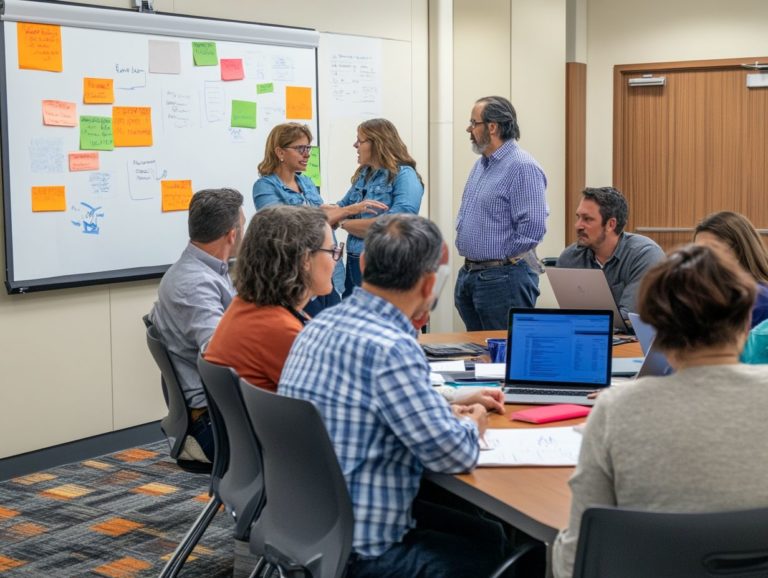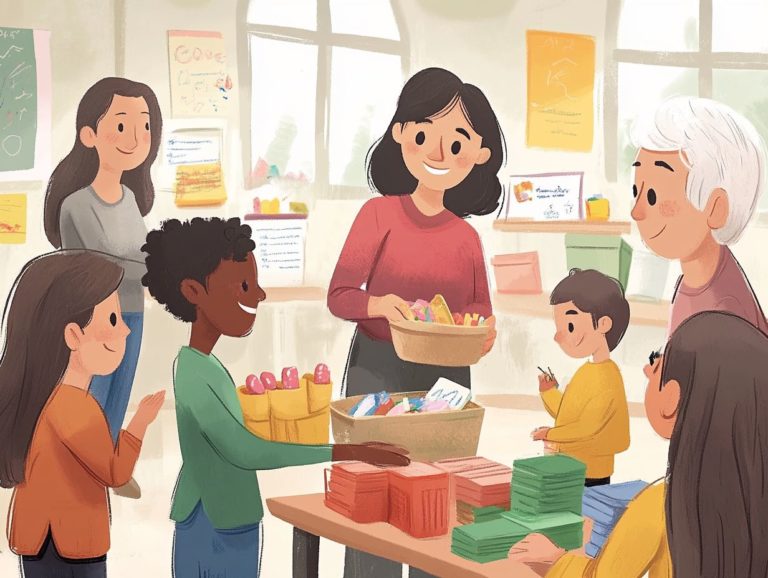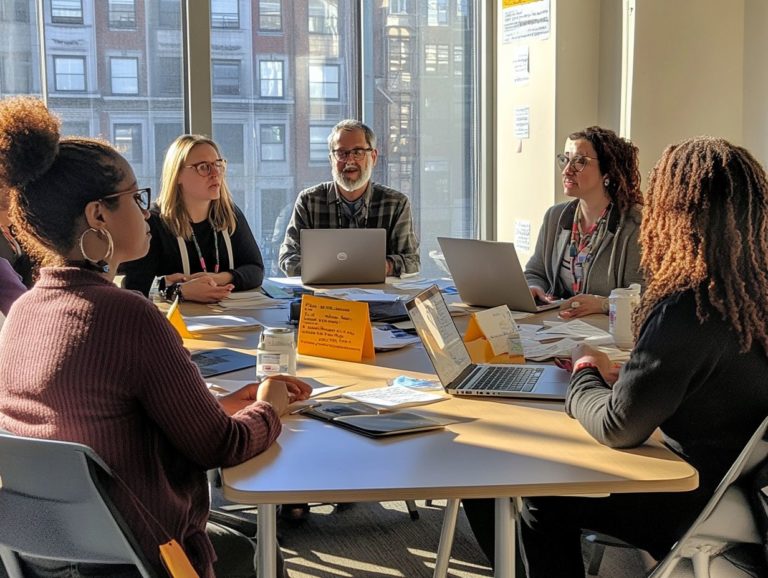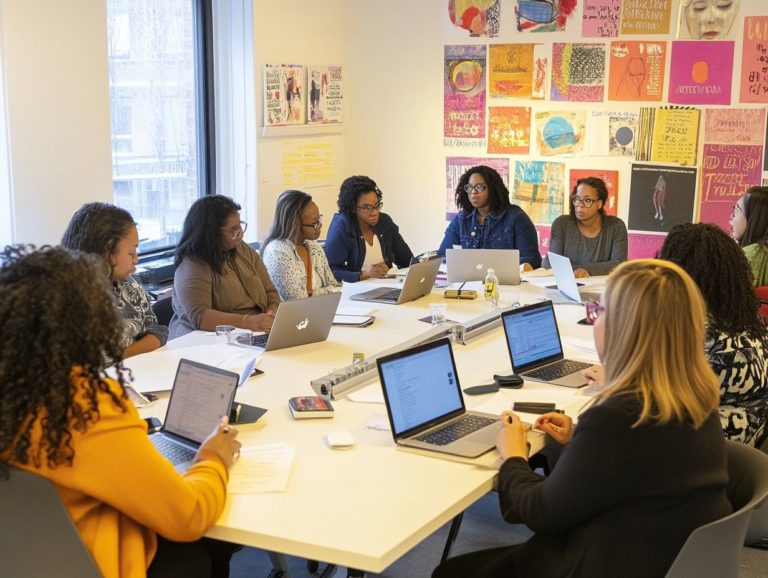The Benefits of Gamification in Skill Enhancement
Gamification has become a dynamic force in skill enhancement, enchanting both learners and educators. By weaving game-like elements into traditional learning, it elevates engagement, motivation, and retention to new heights.
This exploration delves into the essence of gamification, highlighting its key components and the myriad benefits it brings to skill development. You ll discover effective strategies for implementation, compelling case studies that inspire, and essential considerations to keep in mind.
Embark on this journey to uncover how gamification can revolutionize learning experiences and cultivate skill mastery!
Contents
- Key Takeaways:
- Understanding Gamification
- Benefits of Gamification in Skill Enhancement
- Implementing Gamification in Skill Enhancement
- Examples of Successful Gamification in Skill Enhancement
- Potential Drawbacks and Considerations
- Frequently Asked Questions
- What is gamification in skill enhancement?
- How does gamification benefit skill enhancement?
- What are some specific benefits of gamification in skill enhancement?
- Can gamification be used for all types of skills?
- How can gamification be incorporated into skill enhancement programs?
- Are there any potential drawbacks of using gamification in skill enhancement?
Key Takeaways:
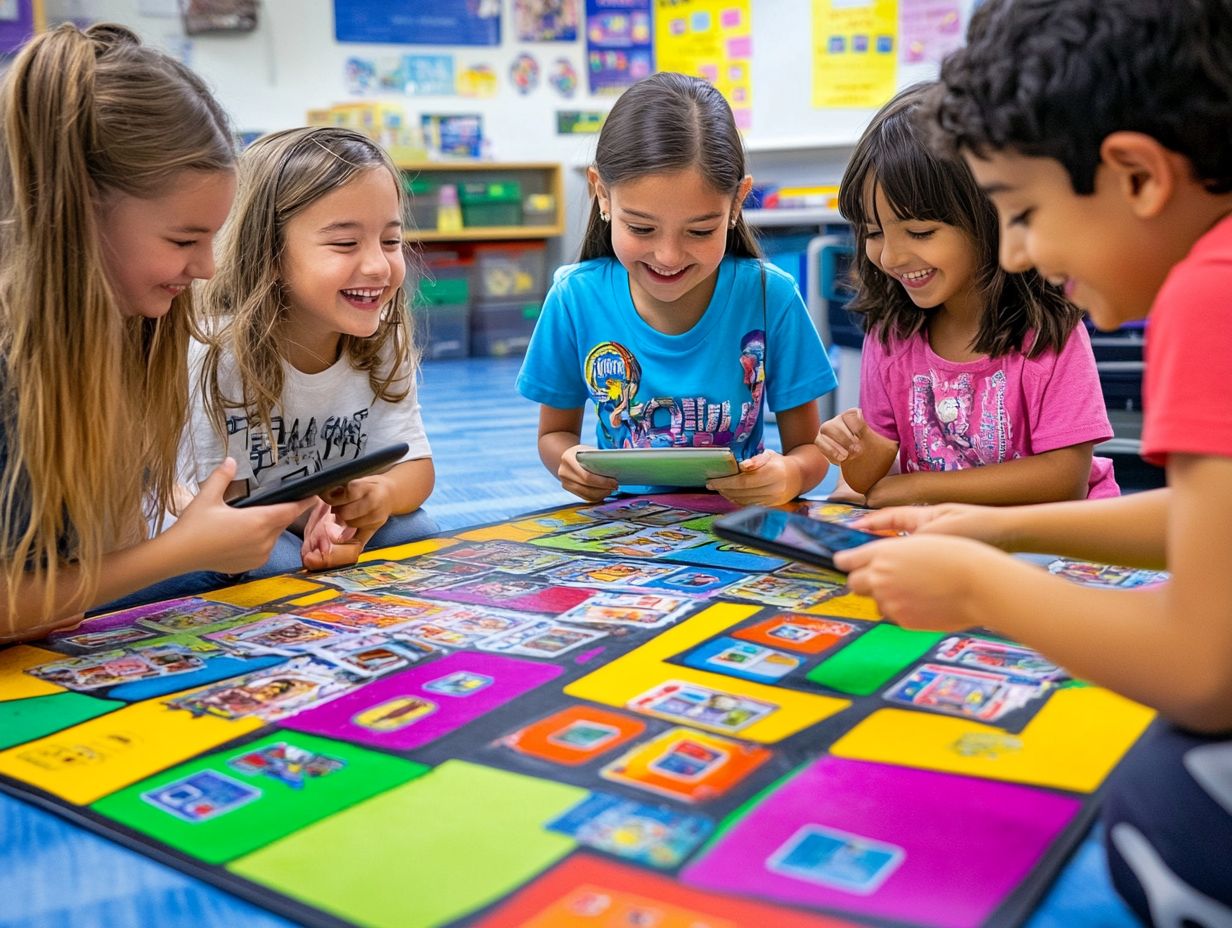
- Experience increased engagement through gamification by incorporating game elements such as competition, rewards, and progress tracking!
- Enjoy an effective tool for learning and retention that creates fun and interactive experiences, encouraging repeated practice!
- Develop transferable skills with gamification that prepare you for real-world challenges and opportunities!
Understanding Gamification
Gamification is a transformative approach that integrates game mechanics (rules and elements used in games) into non-game contexts. This significantly enhances your engagement and motivation in various learning processes.
This technique relies on principles of how people learn and improve and effective educational strategies. It creates experiences that are not only entertaining but also promote skill development and mastery.
By harnessing technology, gamification has the potential to revolutionize traditional education. It fosters a culture of continuous learning through interactive tools and ways to help learners understand their progress that stimulate thinking skills and encourage team collaboration.
Definition and Key Elements
The essence of gamification lies in applying game mechanics to real-world scenarios. It is crafted to elevate user engagement and motivation across diverse contexts.
By incorporating elements like competition, recognition of achievements, and feedback loops, gamification turns mundane tasks into experiences that are both stimulating and rewarding. For example, educators often utilize leaderboards to cultivate a sense of friendly competition among students.
Achievement badges act as tangible symbols of success, celebrating milestones that instill a sense of accomplishment. Timely feedback offers learners valuable insights into their progress, guiding them in pinpointing areas for improvement.
Together, these components enhance intrinsic motivation and optimize the learning experience, making it both effective and enjoyable.
Benefits of Gamification in Skill Enhancement
Incorporating gamification in e-learning into skill enhancement brings a wealth of advantages! You’ll experience improved engagement and heightened motivation, all of which bolster your skill development.
These elements work in harmony to elevate your learning outcomes and performance metrics to new heights!
Improved Engagement and Motivation
Improved engagement and motivation stand out as key advantages of gamification. They elevate user motivation through a blend of intrinsic rewards and enticing external incentives.
This approach transforms mundane tasks into thrilling challenges, capturing your attention and encouraging active participation. Take platforms like Duolingo; they utilize a point system and achievement badges that make language learning feel more like a game than a tedious chore!
Kahoot! offers real-time quizzes that deliver immediate feedback, enhancing the competitive spirit among peers. This boosts overall interest and fosters consistent interaction. It cultivates a sense of community, allowing users to celebrate each other s achievements and reinforcing the rewarding experience of learning through gamification!
Effective Learning and Retention

Gamification transforms your learning experience. It enhances both retention and mastery by creating engaging processes that promote continuous skill development.
Feedback loops and processes that allow you to improve over time create an immersive educational journey. For instance, a language learning app rewards you with points for completing exercises. This immediate feedback propels your progress and builds a gratifying sense of achievement.
The incorporation of levels and badges fuels your motivation, establishing a rewarding cycle that entices you to return and advance your skills. In corporate training, gamified simulations allow you to practice real-world scenarios and provide instant evaluations that pinpoint areas for improvement.
These interactive approaches redefine traditional learning. They make knowledge retention not just achievable but genuinely enjoyable.
Real-World Application and Transferable Skills
The real-world application of gamification sharpens your problem-solving skills and builds teamwork through collaborative training programs.
By immersing you in realistic scenarios that mirror workplace challenges, these experiences allow you to transfer valuable lessons into your daily tasks. For example, in the healthcare sector, simulations enable medical professionals to practice critical interventions, dramatically improving response times in emergencies.
In corporate environments, gamified training modules encourage you and your colleagues to strategize together, enhancing communication and your leadership abilities.
This approach is equally beneficial in educational settings, where students learn to tackle complex projects collaboratively, effectively preparing themselves for the teamwork-driven nature of today s workforce.
Implementing Gamification in Skill Enhancement
Implementing gamification in skill enhancement demands a strategic approach. It requires adherence to best practices that seamlessly integrate educational apps and technological tools into the learning landscape.
This thoughtful integration can truly transform your learning experience. It fosters engagement and promotes deeper understanding.
Strategies and Best Practices
Effective strategies and best practices in gamification require you to employ engagement techniques and feedback mechanisms that adapt to your learners’ needs.
By incorporating real-time feedback loops, you can fine-tune your approaches based on learners’ immediate responses. This fosters a more personalized educational experience.
Integrating adaptive learning technologies can significantly enhance engagement. These tools adjust difficulty levels and game dynamics according to each individual’s performance and learning pace.
Utilizing elements like progress tracking and reward systems motivates your learners and reinforces learning objectives. This ensures that participants remain invested in their educational journeys.
Ultimately, these strategies cultivate an environment where feedback becomes a pivotal component. It drives continuous improvement and deeper understanding.
Examples of Successful Gamification in Skill Enhancement
Numerous case studies highlight the successful implementation of gamification in skill enhancement, especially within sales training and educational apps. These examples illustrate remarkable improvements in both engagement and performance metrics, showcasing the transformative power of integrating gamified elements into learning experiences.
Case Studies and Results
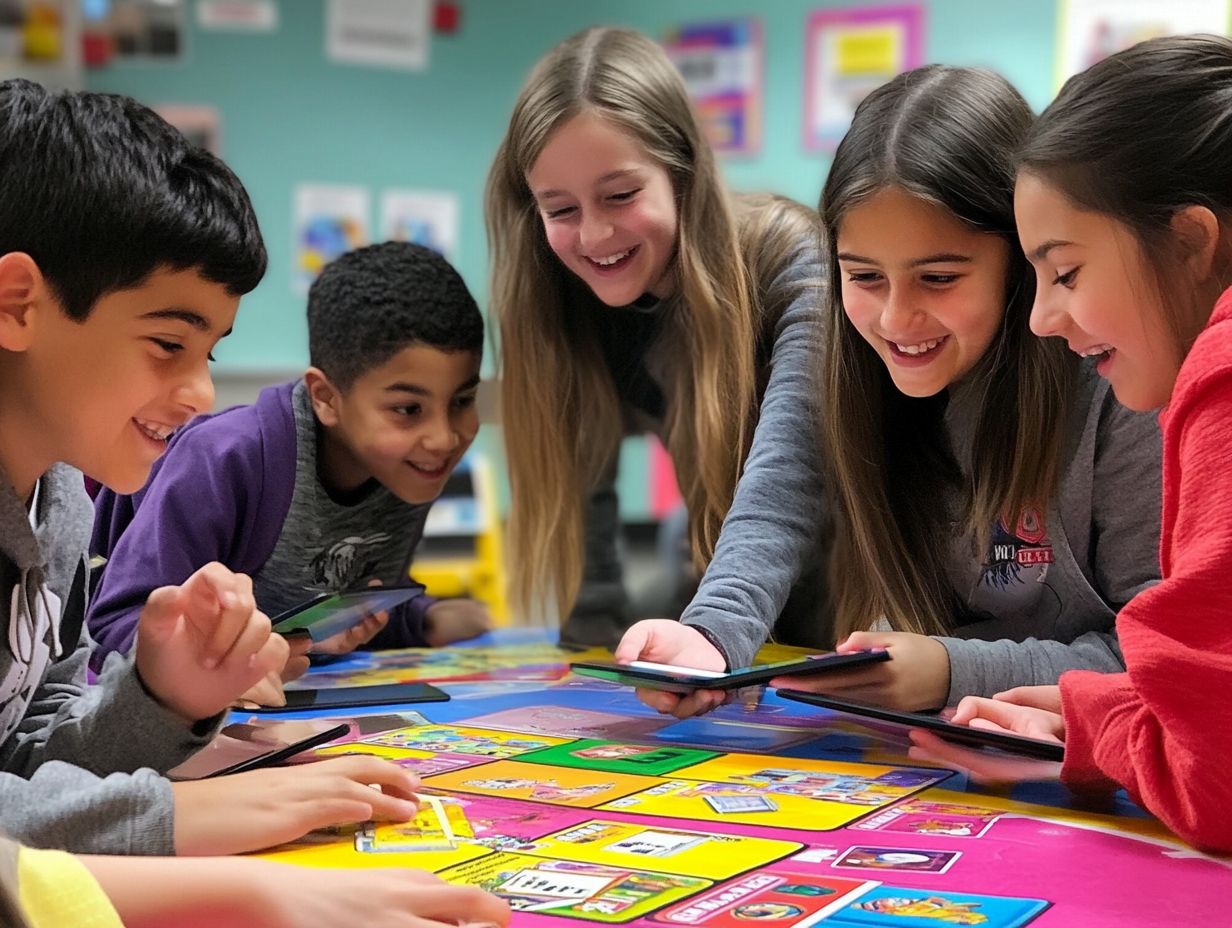
Analyzing case studies of gamification reveals significant performance improvements and enhanced learning outcomes across various domains.
Take, for instance, a recent study in the healthcare sector. It showcased how a gamified training program resulted in a 30% increase in staff engagement, alongside a marked improvement in patient care practices.
Similarly, an education-focused initiative demonstrated that students engaging in gamified assessments scored, on average, 25% higher than their peers in traditional settings.
These examples show heightened engagement. They also highlight a measurable impact on key performance metrics, making a persuasive case for integrating gamification into your training and development strategies.
The data suggests that gamification can effectively bridge the gap between learning and application. This maximizes both knowledge retention and practical skill development.
Potential Drawbacks and Considerations
Despite its numerous advantages, gamification has potential drawbacks and concerns, particularly regarding motivation reinforcement and how people behave.
It’s essential to consider these factors when implementing gamification strategies to ensure they align effectively with desired outcomes.
Addressing Common Concerns
Addressing common concerns surrounding gamification is essential for maintaining effective user motivation that aligns with the principles of how people behave.
This thoughtful approach enhances user engagement and mitigates potential pitfalls from poorly designed gamification strategies.
By integrating elements like meaningful rewards, constructive feedback, and achievable goals, you can craft an environment that nurtures intrinsic motivation.
It’s vital to ensure that these strategies resonate with users’ psychological needs, including autonomy, competence, and relatedness.
By directly addressing these fundamental needs, you can cultivate a more sustainable and enjoyable experience. This ultimately encourages long-term participation and commitment.
Frequently Asked Questions
What is gamification in skill enhancement?
Gamification in skill enhancement refers to the use of game design elements and principles in non-game contexts, such as education or training. This aims to motivate and engage individuals in learning and improving their skills.
How does gamification benefit skill enhancement?
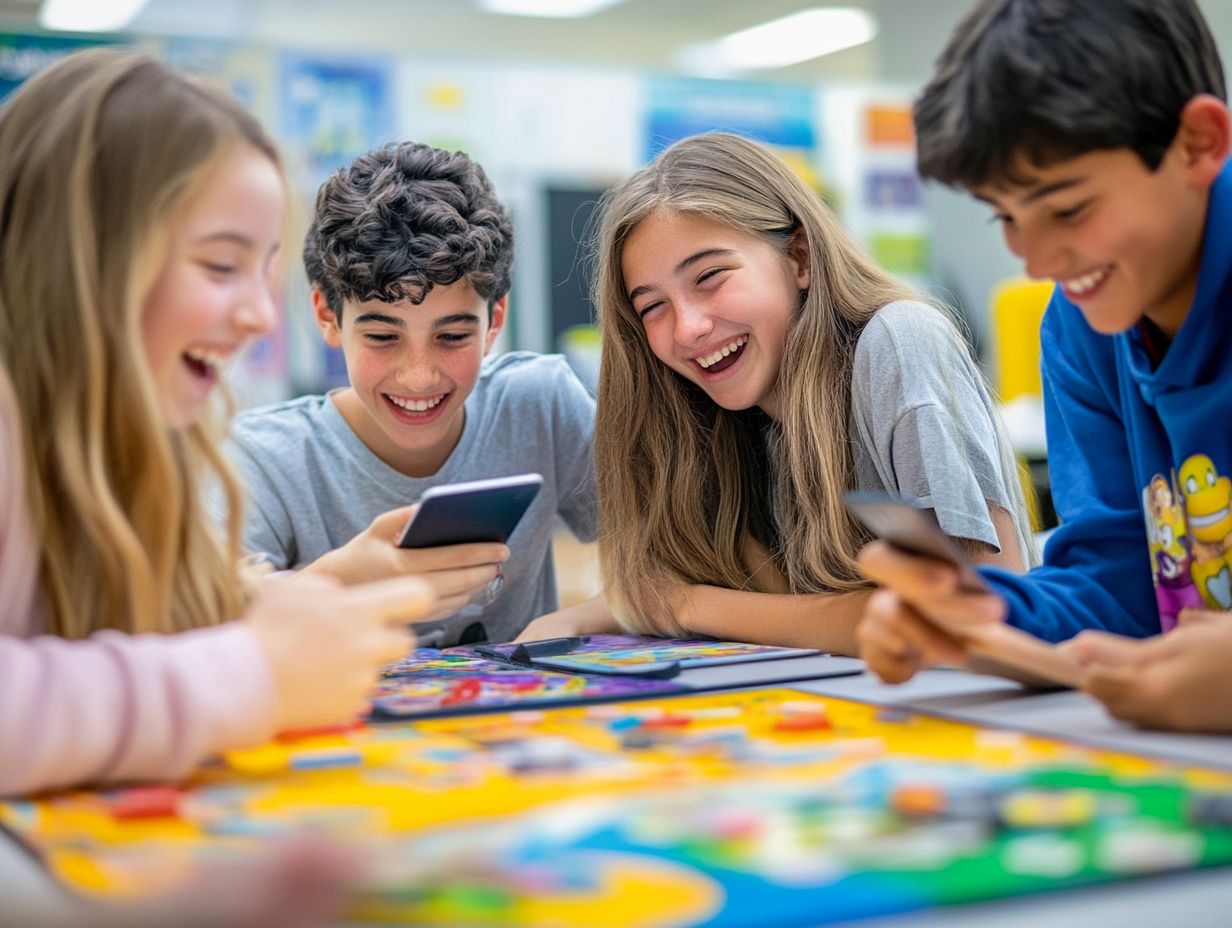
Discover how gamification can revolutionize skill enhancement! It makes the learning process more enjoyable and interactive, increases motivation and engagement, and provides immediate feedback and rewards to reinforce learning and skill development.
What are some specific benefits of gamification in skill enhancement?
Some specific benefits include increased knowledge retention, improved problem-solving and critical thinking skills, enhanced creativity and innovation, and a sense of accomplishment and mastery.
Can gamification be used for all types of skills?
Yes, gamification can be applied to various skills, from basic academic subjects to more specialized technical or professional skills. It can also be used for both individual and team-based learning and skill development.
How can gamification be incorporated into skill enhancement programs?
Gamification can be integrated into skill enhancement programs through game-like activities, challenges, and rewards. Additionally, it can involve the integration of game mechanics and elements into traditional learning methods and materials.
Are there any potential drawbacks of using gamification in skill enhancement?
While gamification has many benefits, it’s important to consider potential drawbacks. These may include over-emphasizing competition, relying too heavily on rewards, and neglecting the importance of intrinsic motivation and self-directed learning.

